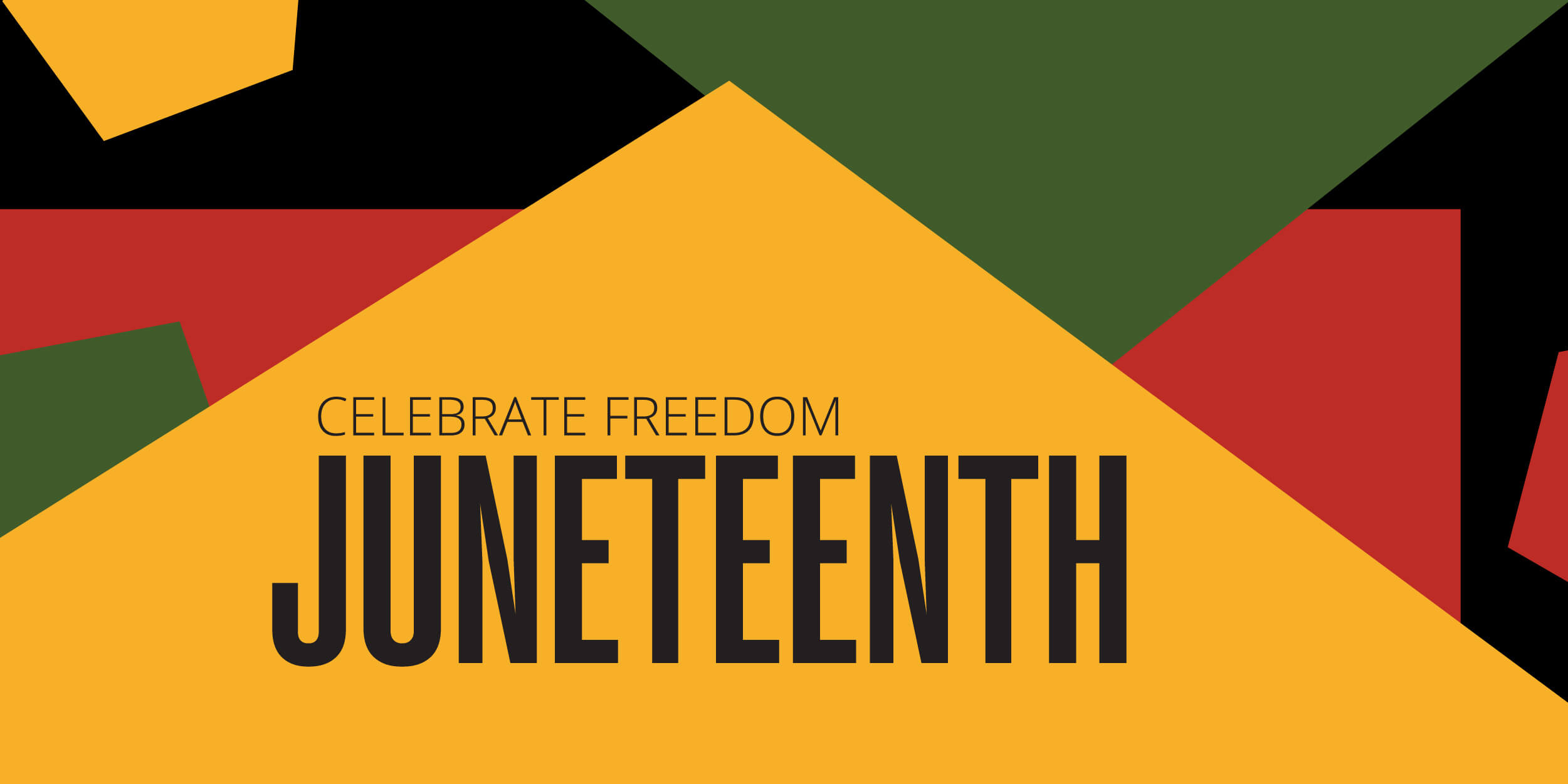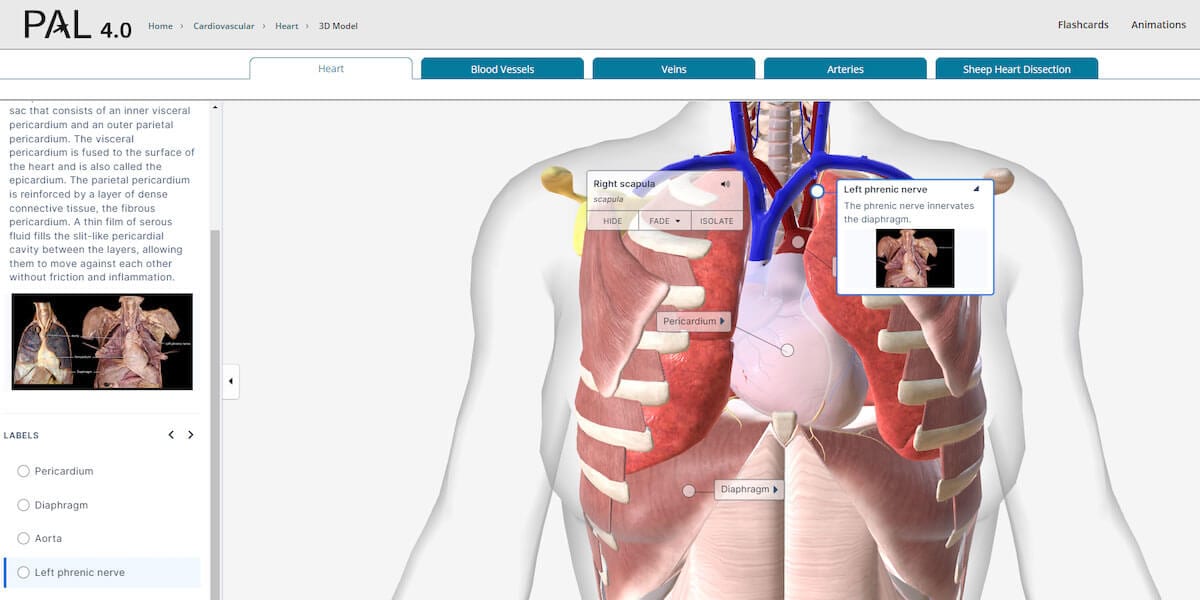
Is Juneteenth Really Emancipation Day?
What is more precious than freedom? What is more worth celebrating than the end of enslavement and the embrace of freedom? Since 1863, African Americans, as well as many other people, have enthusiastically marked the legal abolition of slavery in the United States.
On January 1, 1863, in the midst of the Civil War, Abraham Lincoln issued the Emancipation Proclamation that touched off wild rejoicing in Black communities in the North. But very few African Americans were actually freed from bondage on that remarkable day. Limited in scope, the Proclamation did not apply to enslaved people living in slave states that had not seceded from the Union such as Maryland and Kentucky, and no slave owner living in the Confederate states freed their slaves because of Lincoln’s order.
Still, many enslaved people seized the opportunity to free themselves in response to the Proclamation, and many thousands more would do so as the War dragged on into 1864 and 1865. Moreover, enslaved people had been freeing themselves long before Lincoln’s Proclamation. Since the first Africans were enslaved in the English colonies in North America in the 1600s, people gained freedom by running away and rising in rebellion. And on April 16, 1862, months before Lincoln’s Proclamation, congress had outlawed slavery in Washington, DC. Slavery did not disappear on a single day and with a single act by the U. S. President. It took time and cost thousands of lives as Black and white U. S. troops fought to win the war, preserve the Union, and end the enslavement of nearly four million people.
How then did Juneteenth come to be a day for commemorating freedom and slavery’s end? Although the Civil War essentially concluded on April 9, 1865, when Gen. Robert E. Lee’s Army of Northern Virginia surrendered to Gen. Ulysses S. Grant and U. S. military forces at Appomattox Court House in Virginia, a few Confederate political and military leaders continued to exercise authority in portions of the South in the vain hope that they might yet achieve victory.
On June 19, 1865, as Union armies gained control of southern Texas, Major General Gordon Granger issued Order #3 in Galveston, freeing those who remained in bondage among the nearly 250,000 people who had been enslaved in the Lone Star State. Nationwide, slavery was finally eradicated with the ratification of the 13th Amendment on December 6, 1865.
In 1866, freed people in Texas began celebrating what they came to call “Juneteenth.” For decades thereafter, Juneteenth was mostly a Texas commemoration. In 1938, Gov. James Allred declared Juneteenth “Emancipation Day.” By then, some Black Texans had joined the Great Migration, and they took Juneteenth festivities with them as they moved to other states, mainly in the North and West.
June 19 became a state holiday in Texas in 1980 thanks largely to the efforts of Houston state legislator Al Edwards. Increasing numbers of African Americans began celebrating Juneteenth as a holiday across the nation in the 1980s and 1990s. By 2006, fifteen states recognized Juneteenth as a state holiday. Opal Lee, a 95-year-old Black woman from Ft. Worth — the “Grandmother of Juneteenth” — saw her persistent efforts to make Juneteenth a national holiday rewarded when President Joe Biden declared on June 17, 2021, that henceforth June 19 would be a national holiday.
Yet long before Juneteenth became a national holiday, African Americans had observed January 1 as Emancipation Day. For decades after the Civil War, the first day of each year was greeted with exuberant gatherings that included parades, music, speeches, sermons, and bountiful portions of food. On the tenth anniversary of the Emancipation Proclamation in 1873, “throngs of colored people” adorned in “gorgeous garments” paraded through the streets of Charleston, South Carolina, accompanied by a band playing “Yankee Doodle.” Among those who participated in the festivities were Congressman Alonzo J. Ransier, the first Black member of the U. S. House of Representatives, as well as Civil War hero Robert Smalls and Major Martin R. Delany.
On January 1, 1900, Tuskegee Institute President Booker T. Washington addressed an Emancipation Day audience in Macon, Georgia, and offered — as he usually did — a message of racial uplift combined with criticism. “The Negro must have education and thrift. They must know how to apply their education. We have enough ministers and professional men for the present. We need to teach the masses how to get out of their shiftless and antiquated ways.”
Although the pageantry of the early commemorations of January 1 faded in the 20th century, Emancipation Day continued to be observed. In 1939, Mary McLeod Bethune, the President of Bethune Cookman College and a member of President Franklin D. Roosevelt’s “unofficial” Black Cabinet, delivered an inspirational message at Allen University in Columbia, South Carolina, as she called on Black people to unite in their quest for a better future and avoid indulging in acrimony and criticism of each other.
The centennial of the Emancipation Proclamation was widely celebrated in 1963 as the civil rights movement gained momentum across the South. Less than nine months before the Rev. Martin Luther King, Jr., delivered his “I have a Dream” speech at the March on Washington, there were a host of Emancipation Day observances across the nation. In Charleston, there was a “gala parade” featuring the contestants in the “Miss Emancipation” contest. The Burke High School and Laing High School marching bands took part. The Rev. Z. L. Grady, an AME minister, addressed a gathering at Jerusalem Baptist Church.



